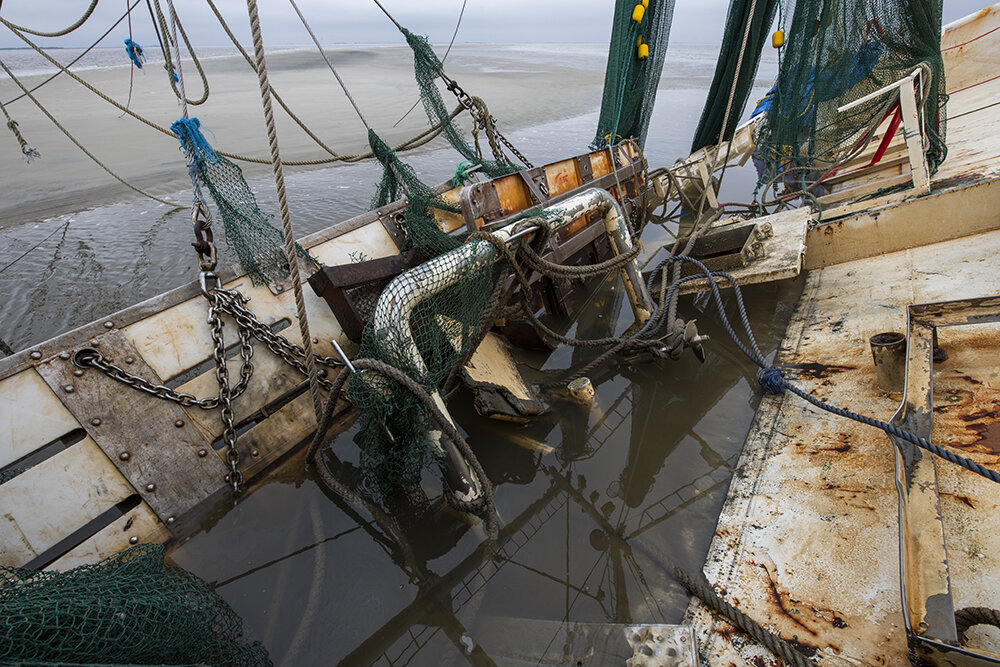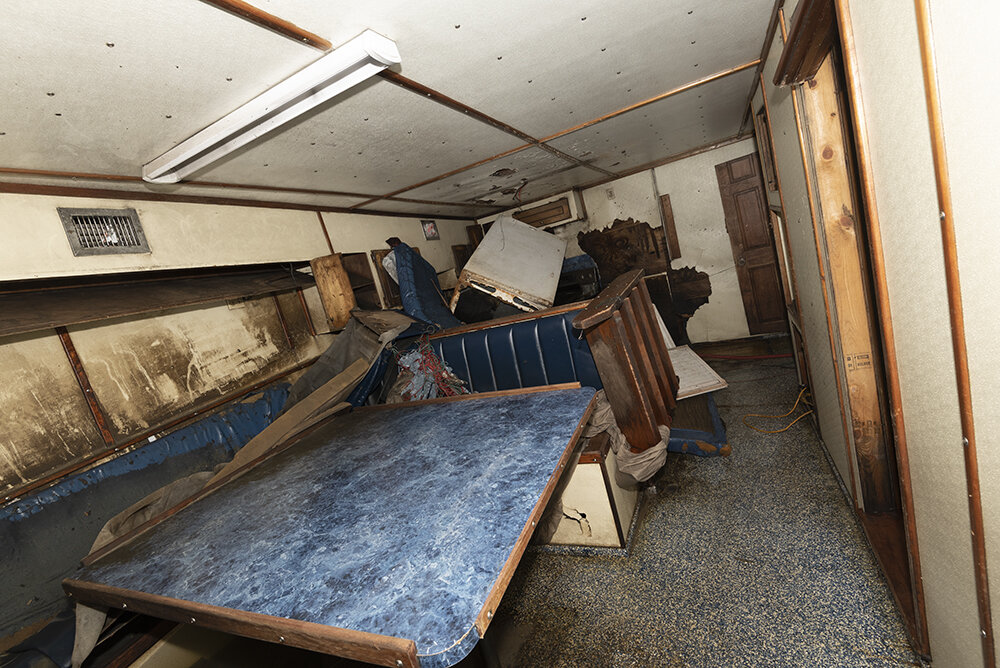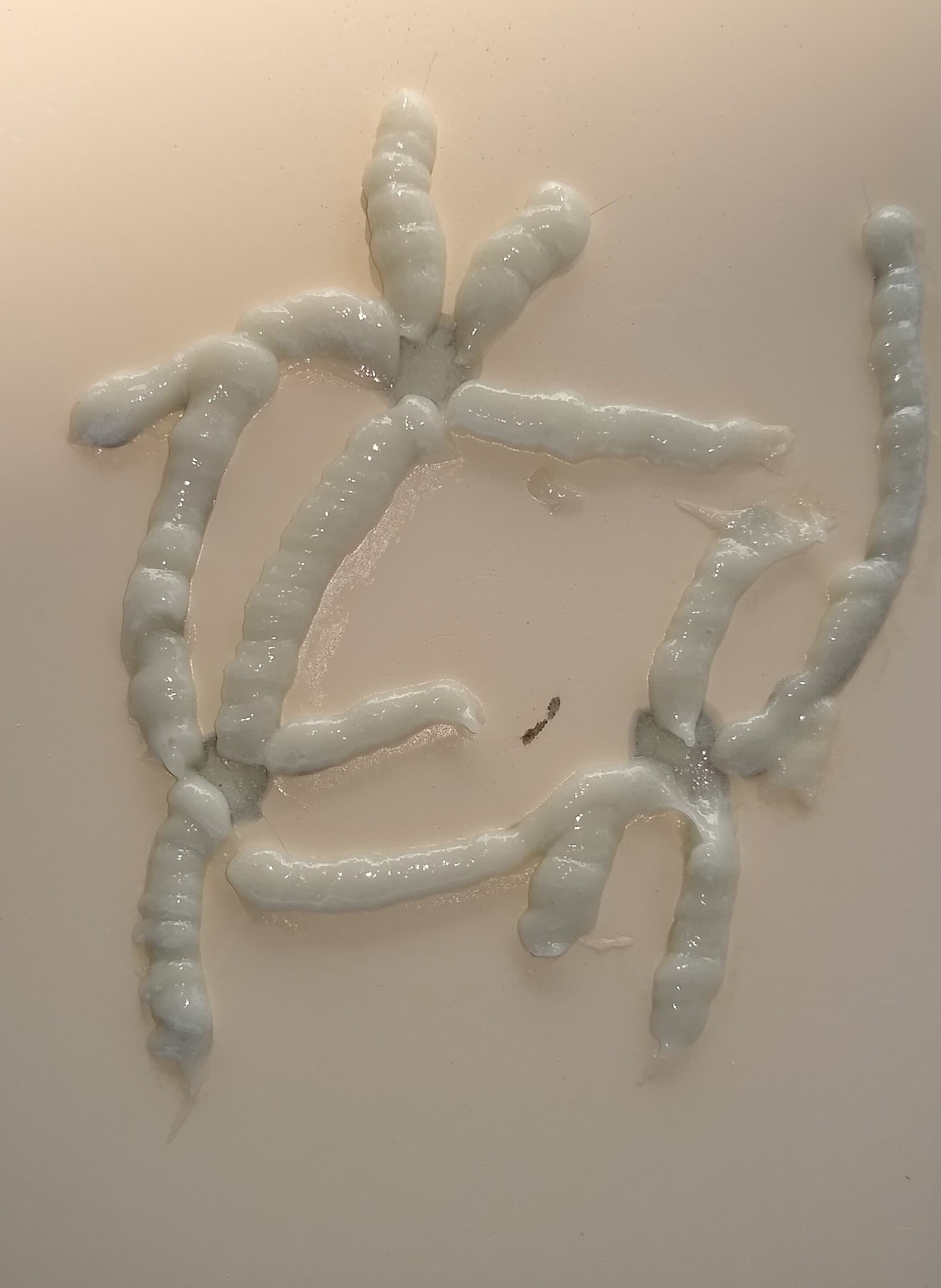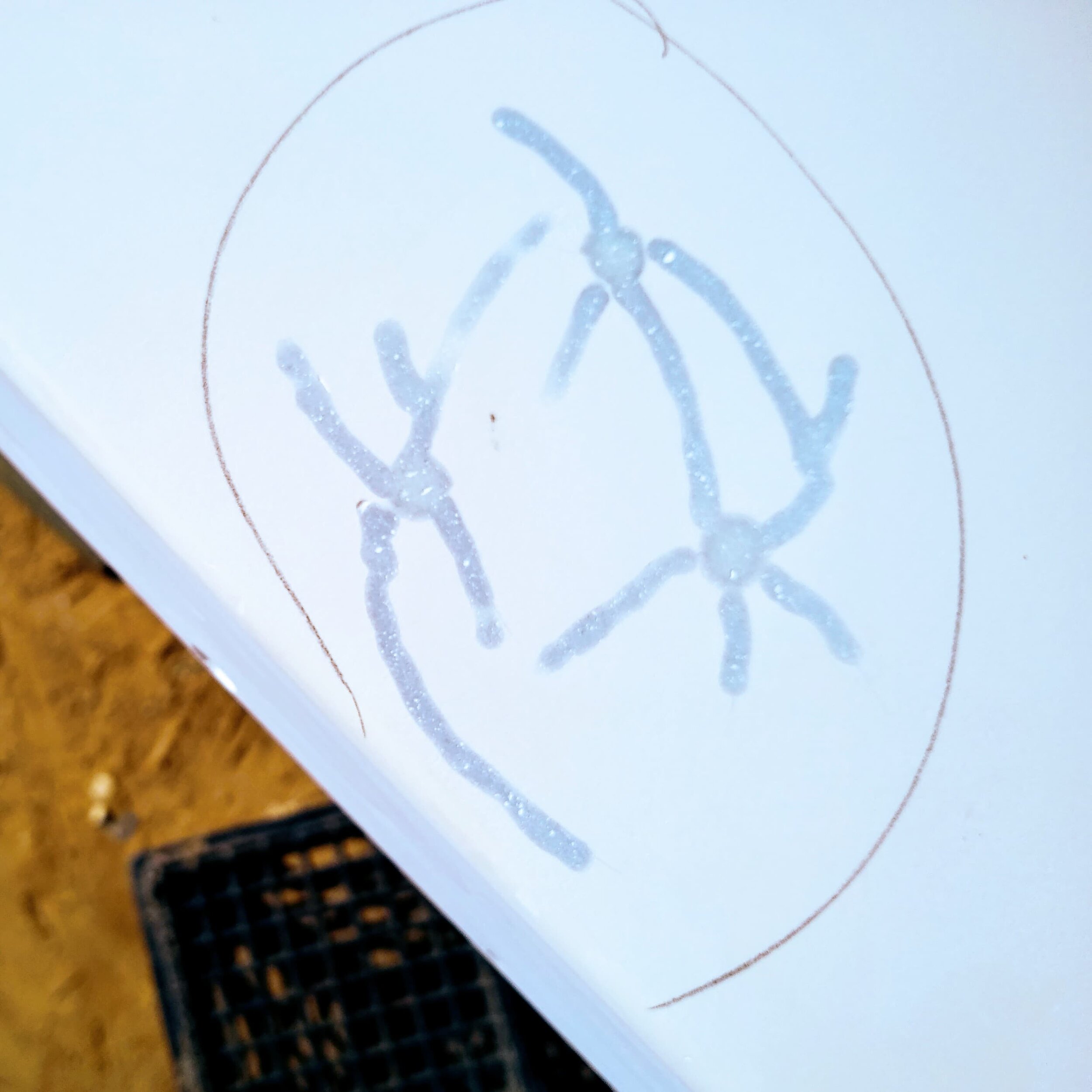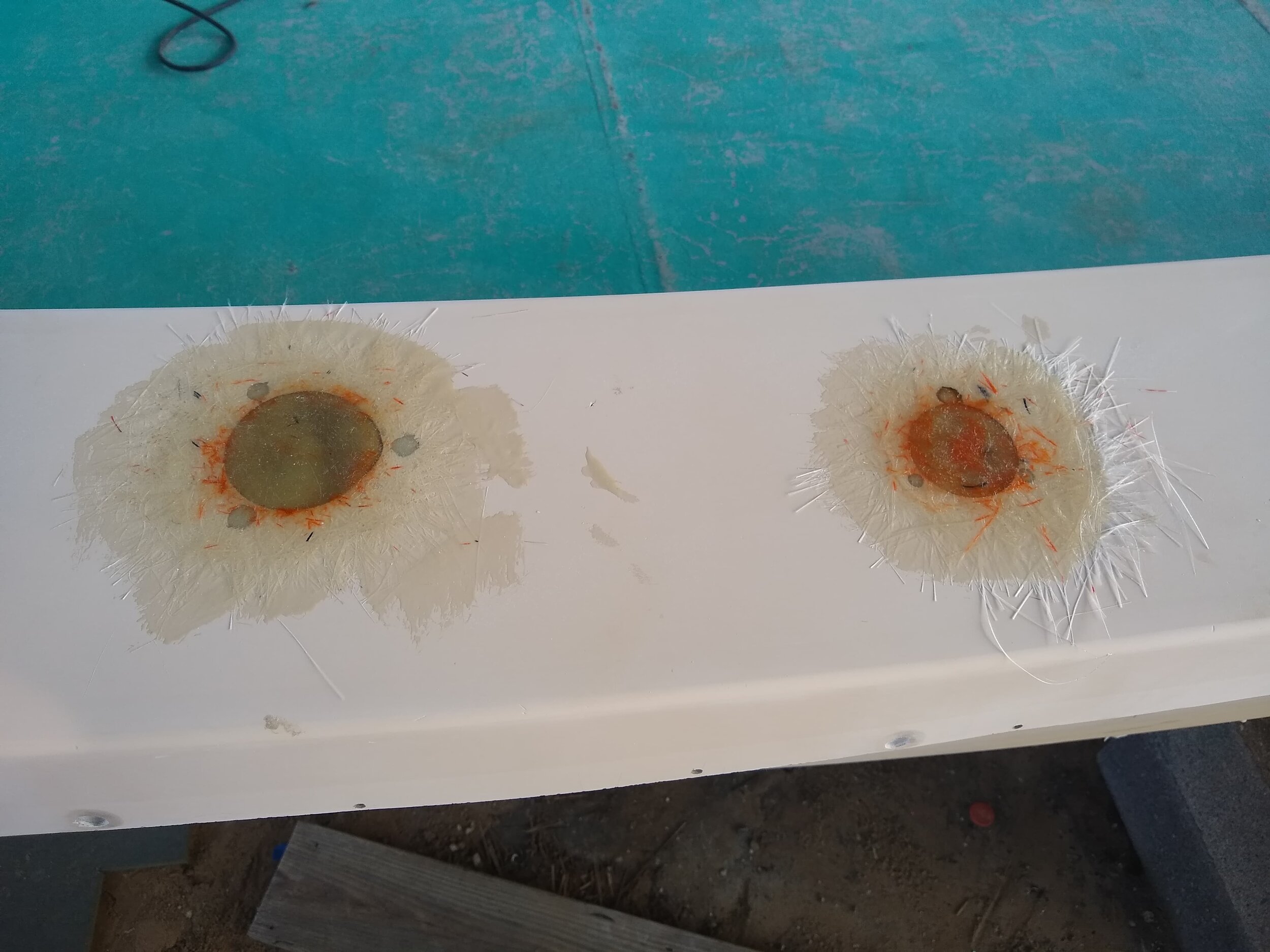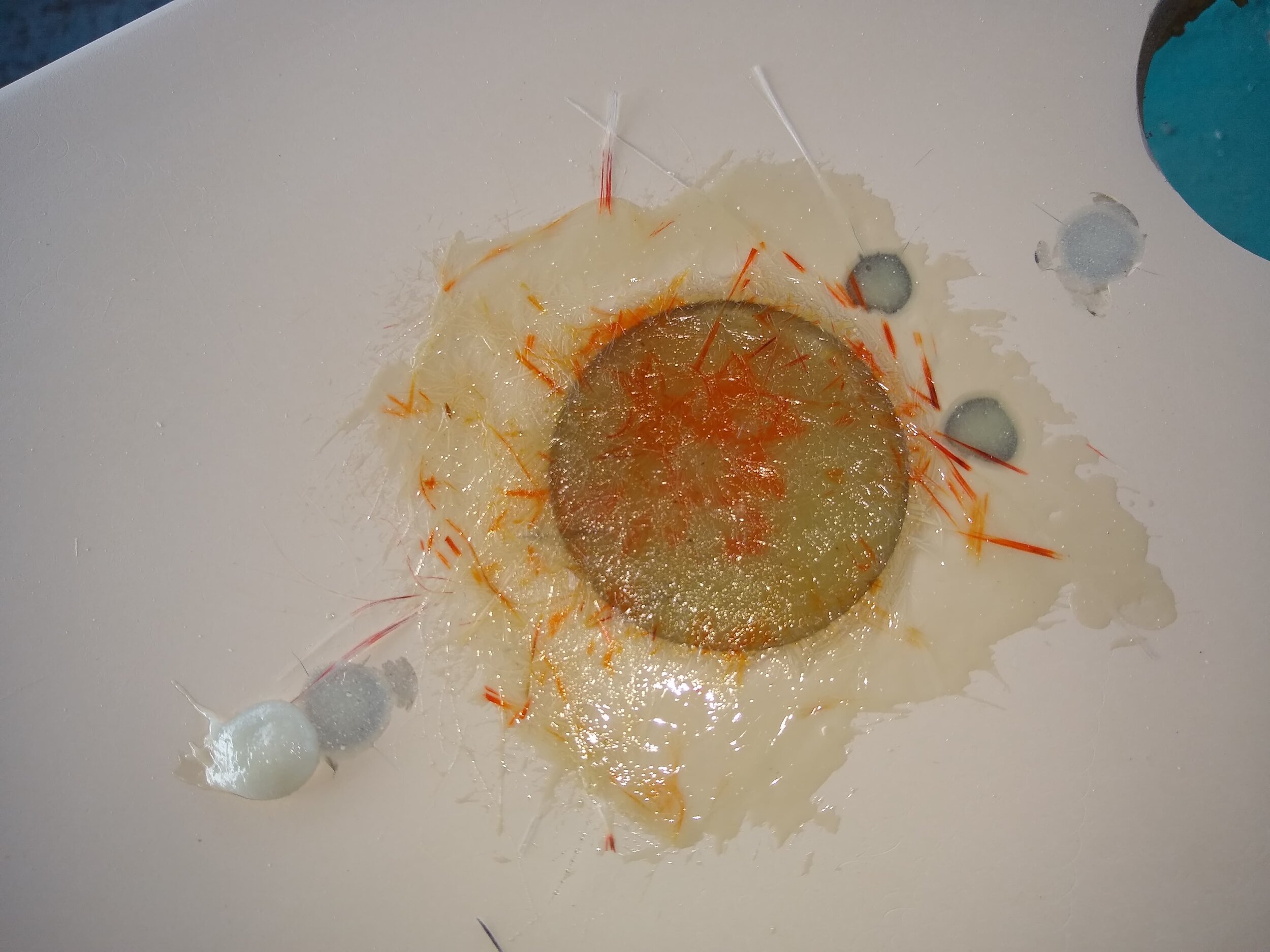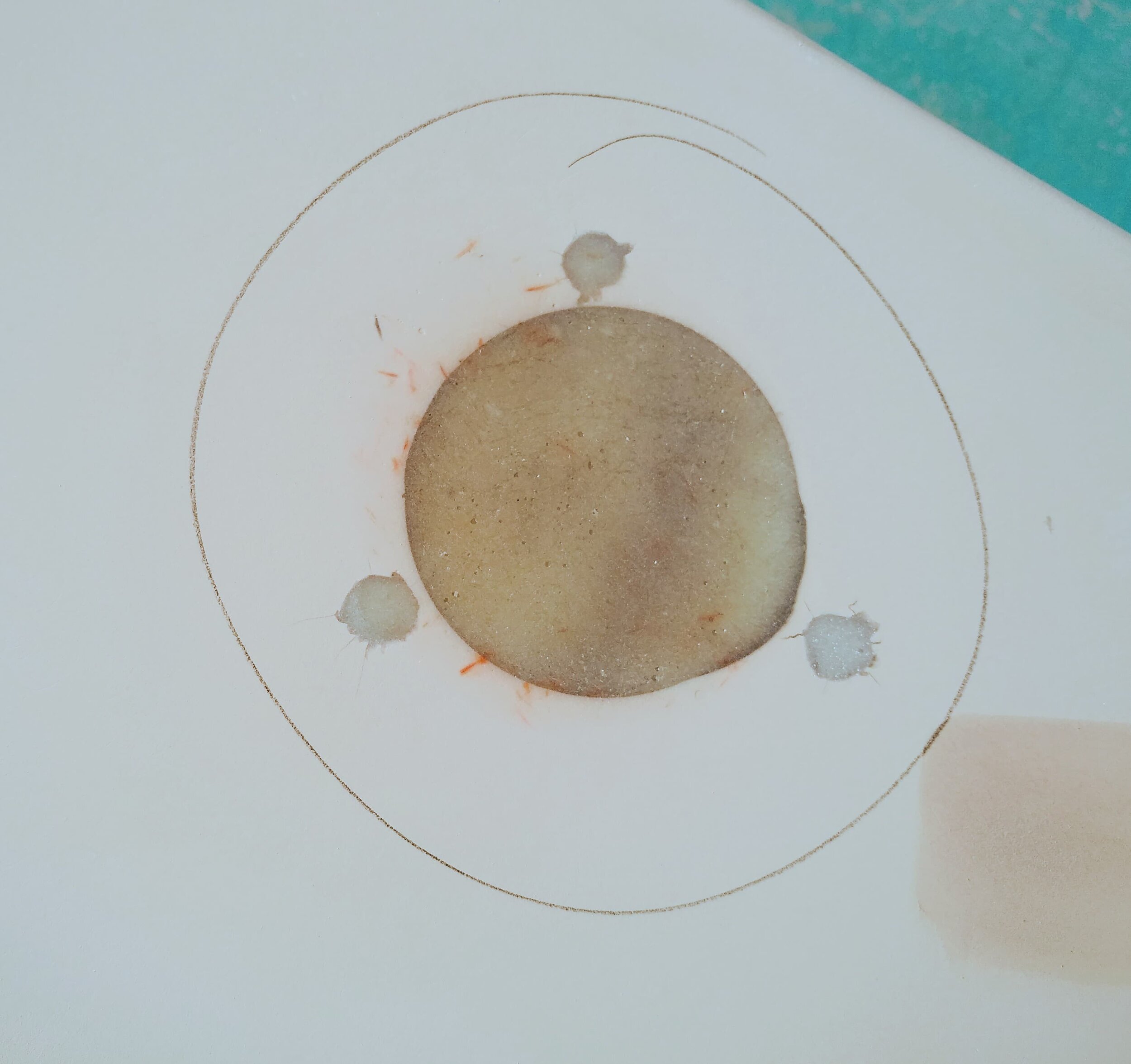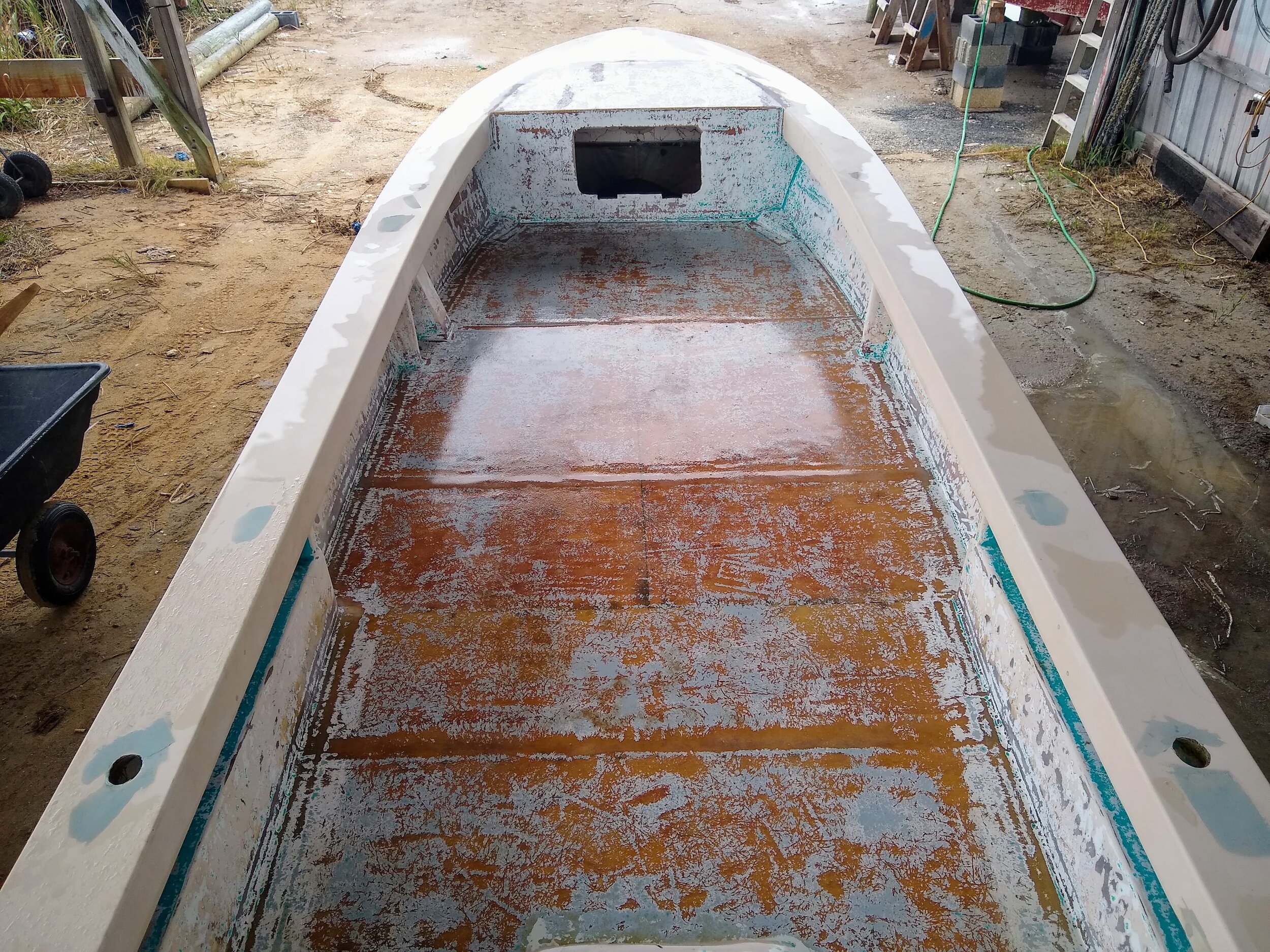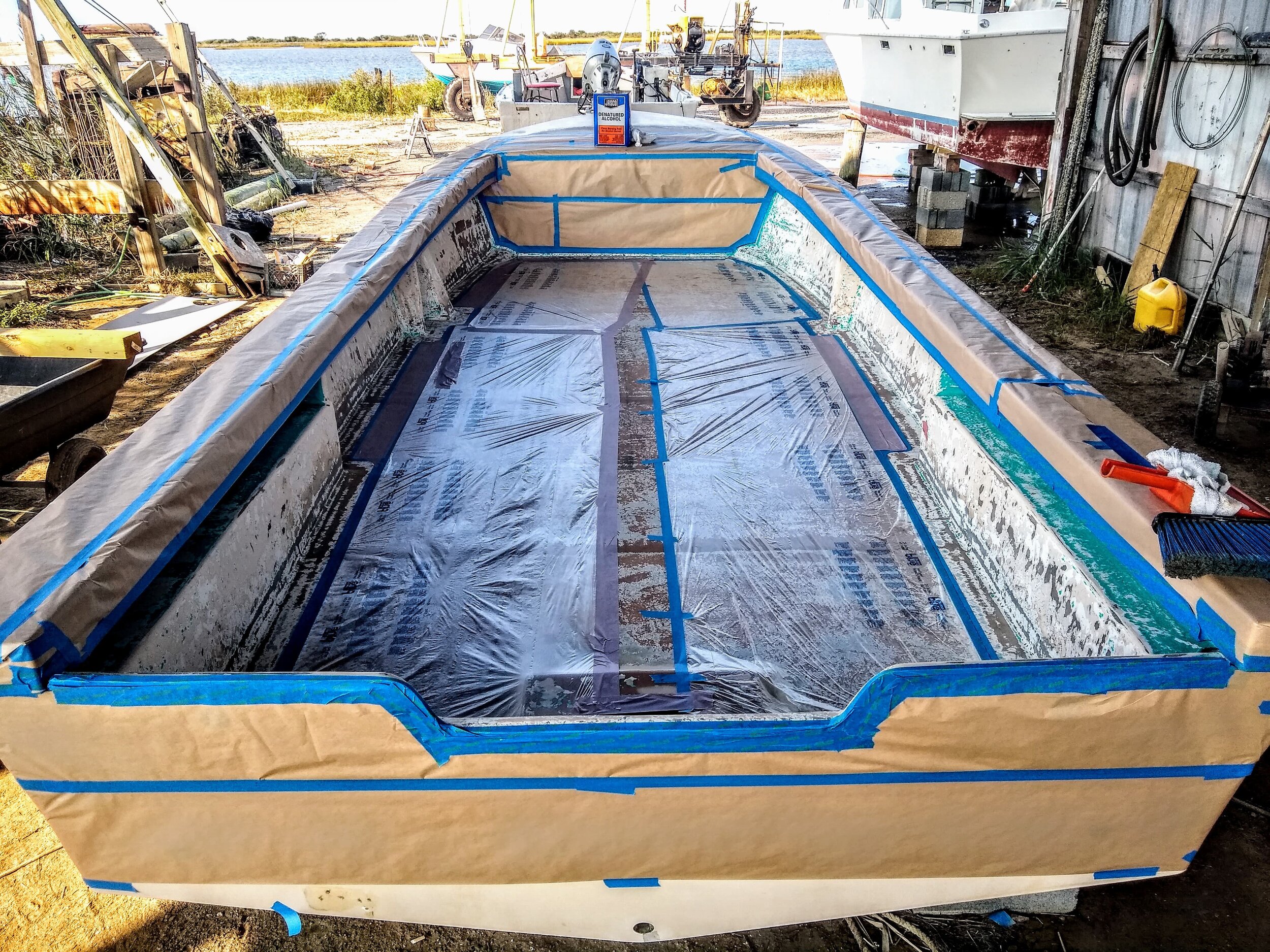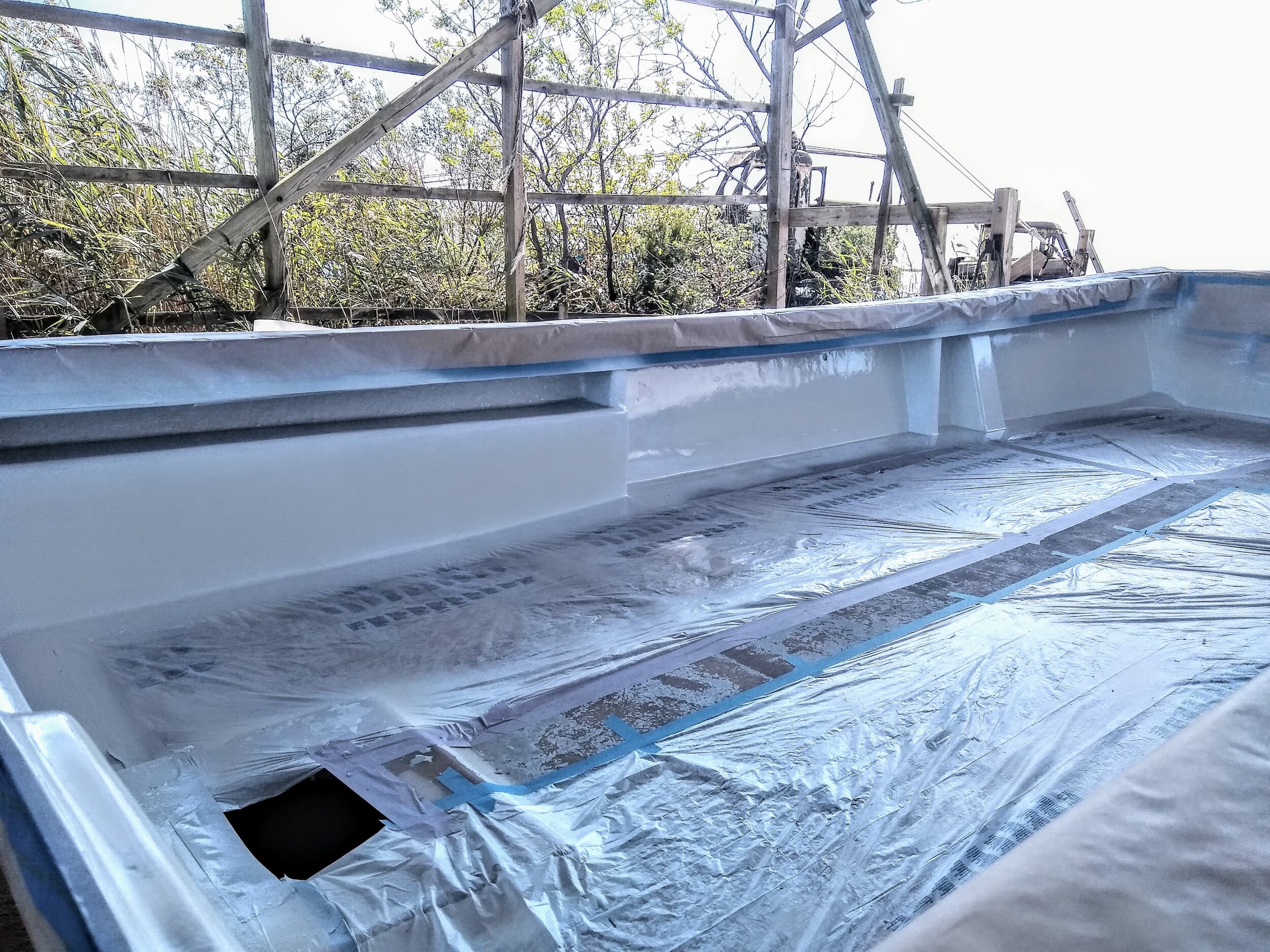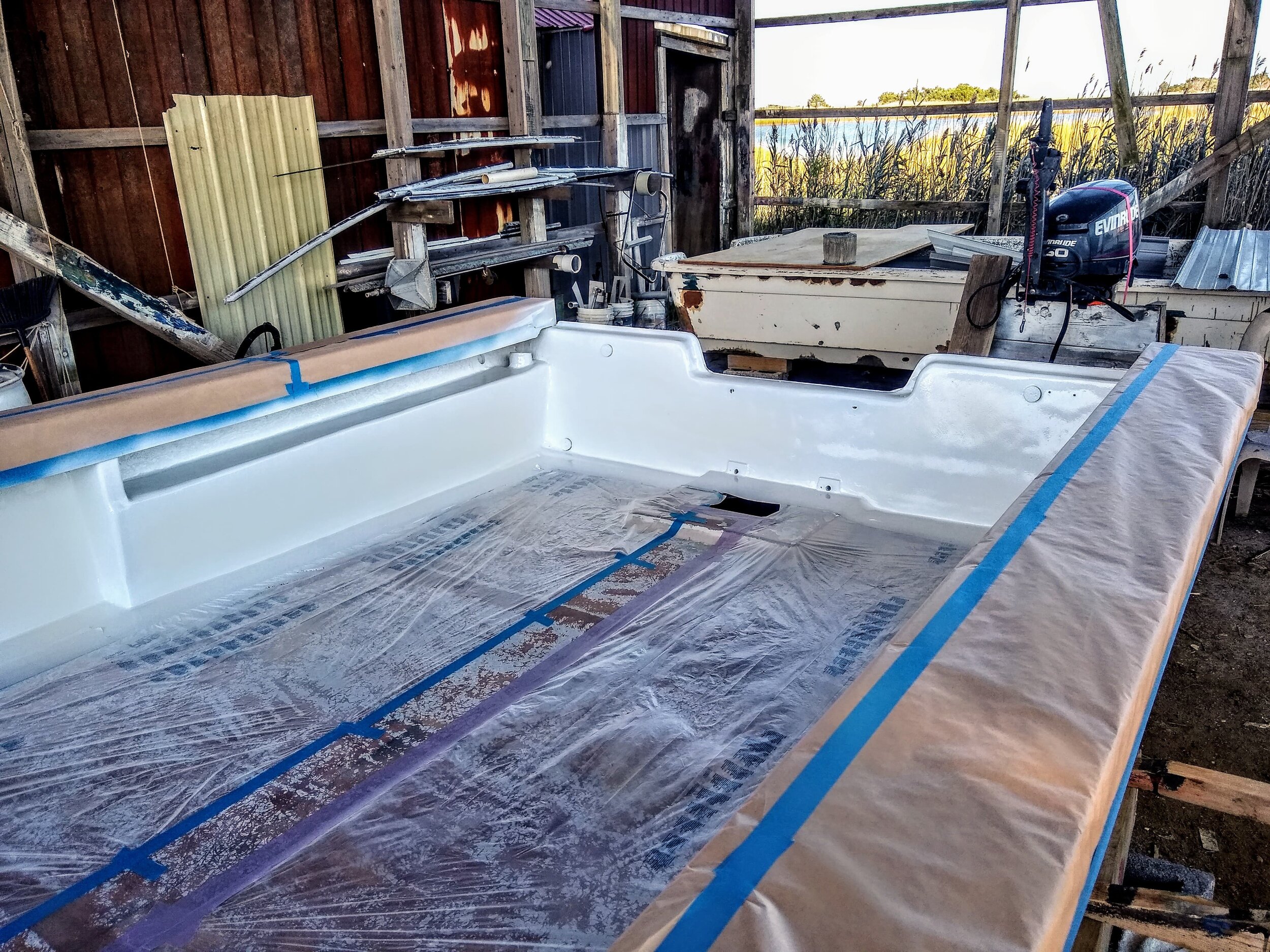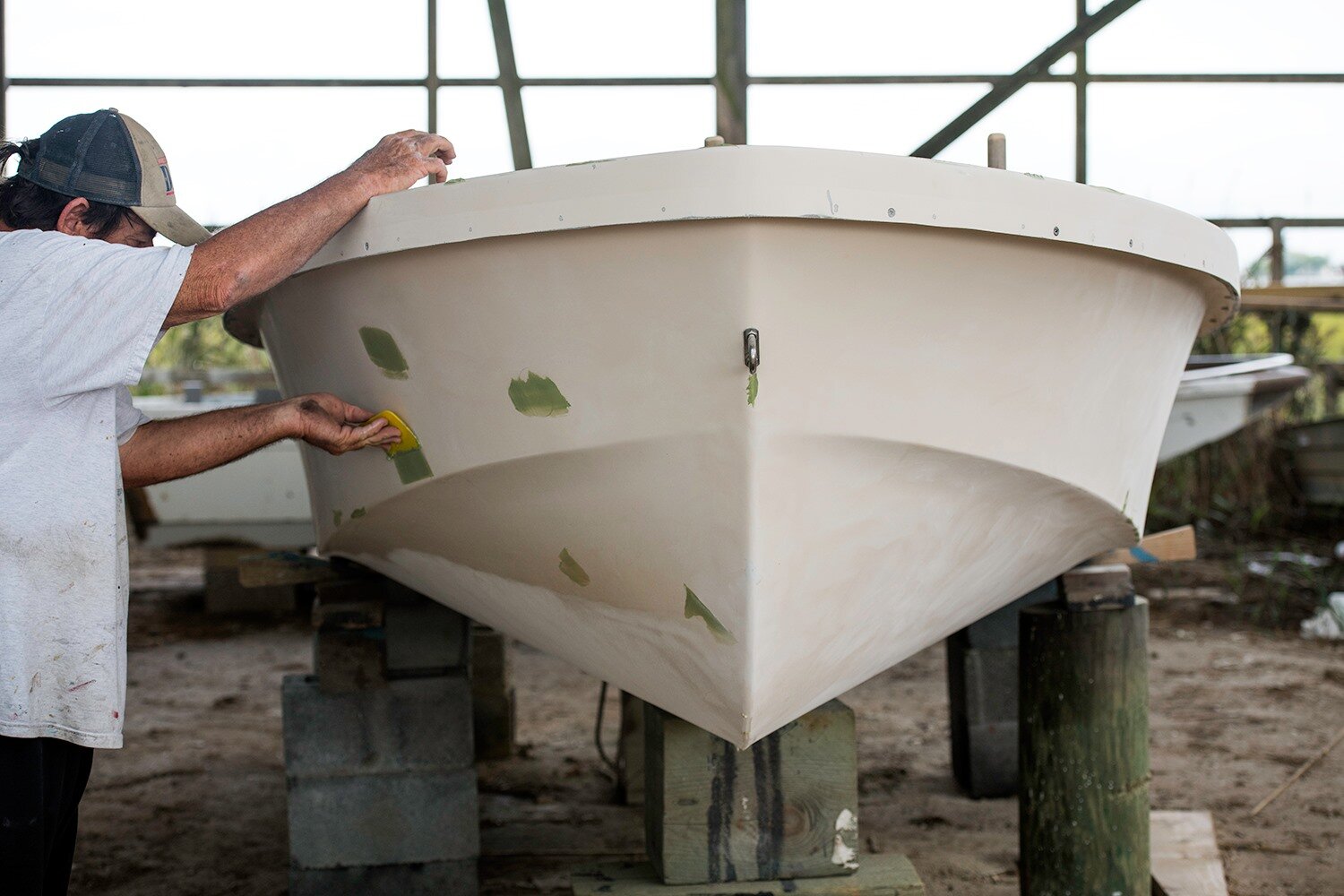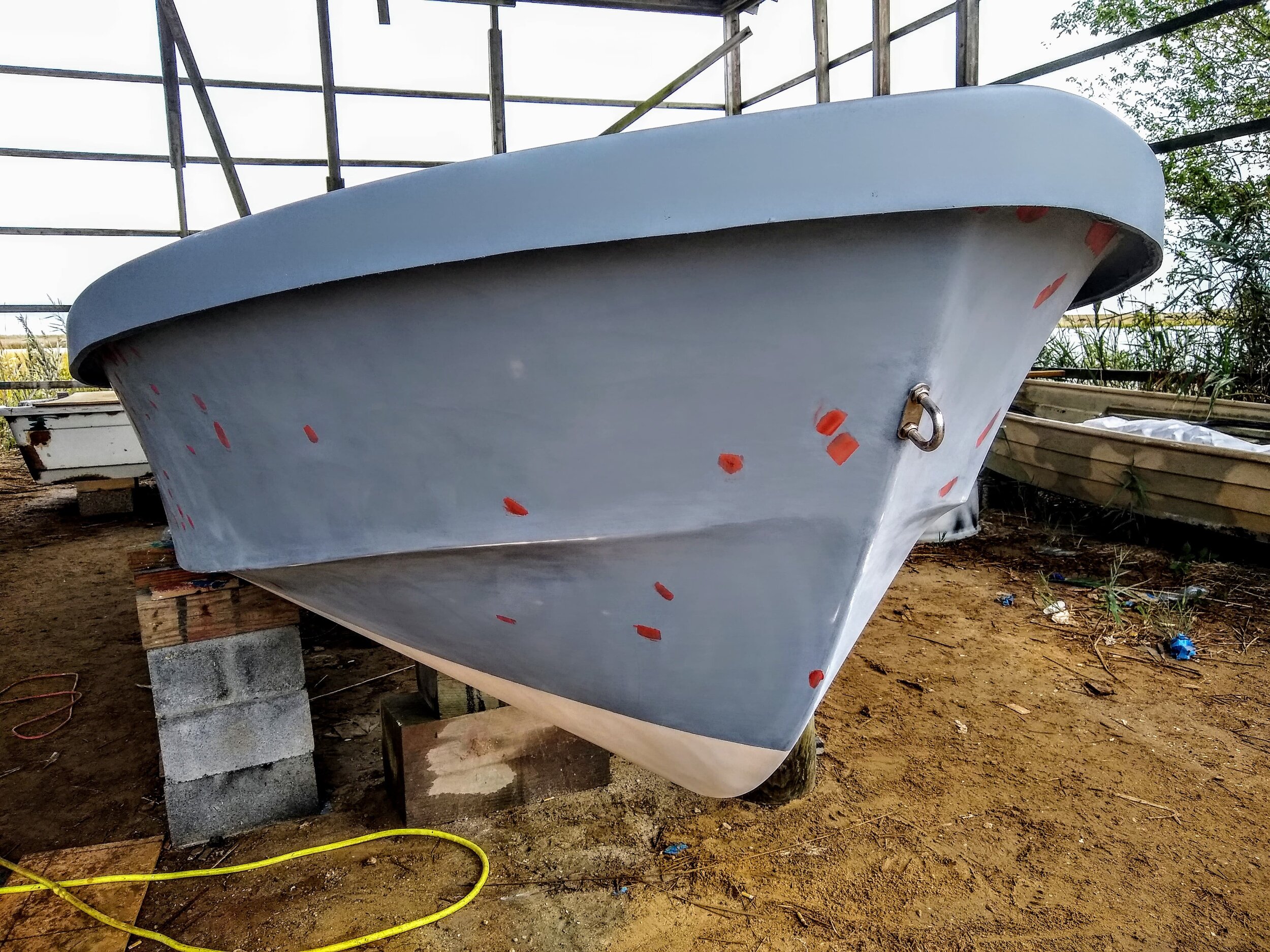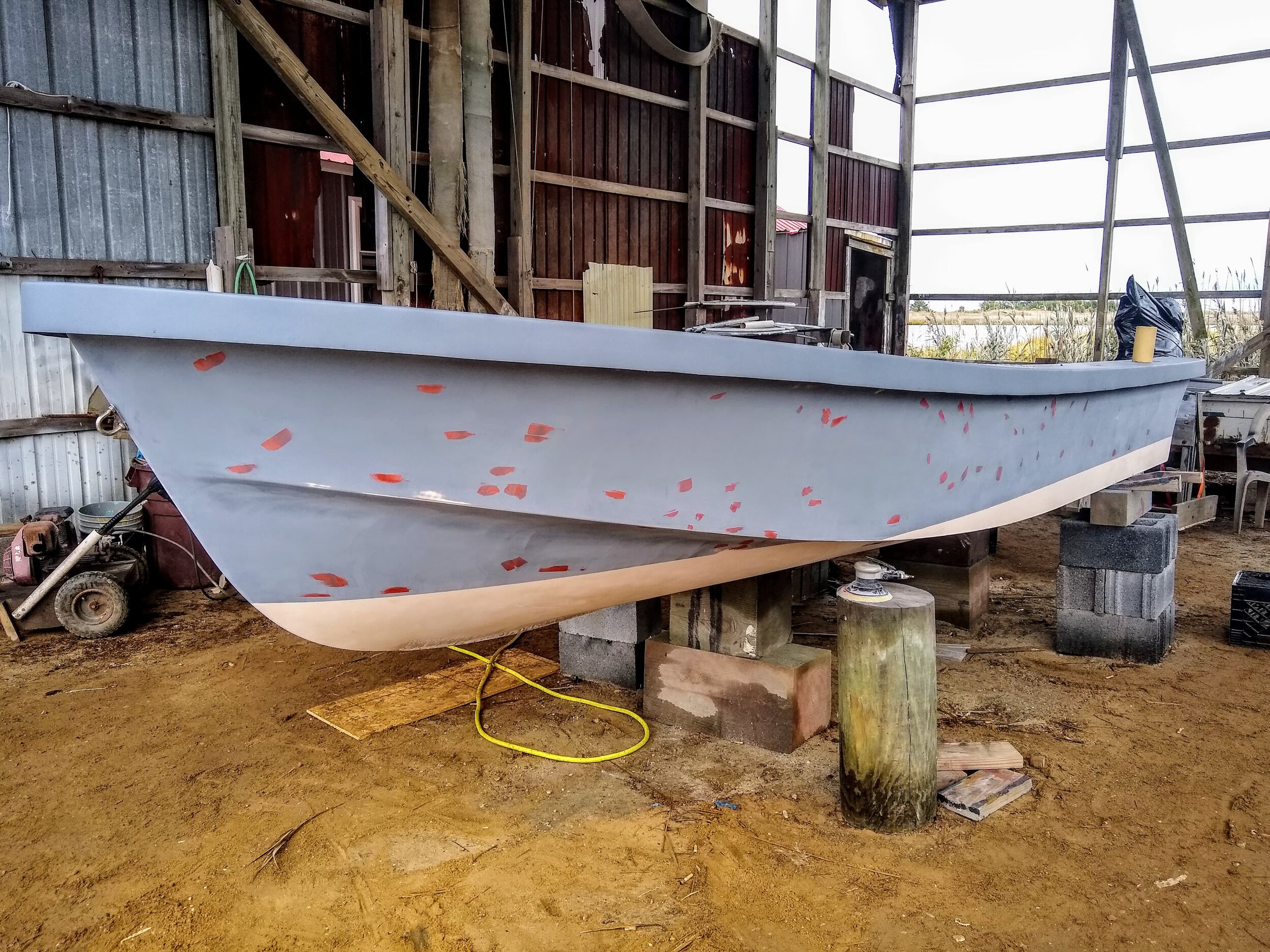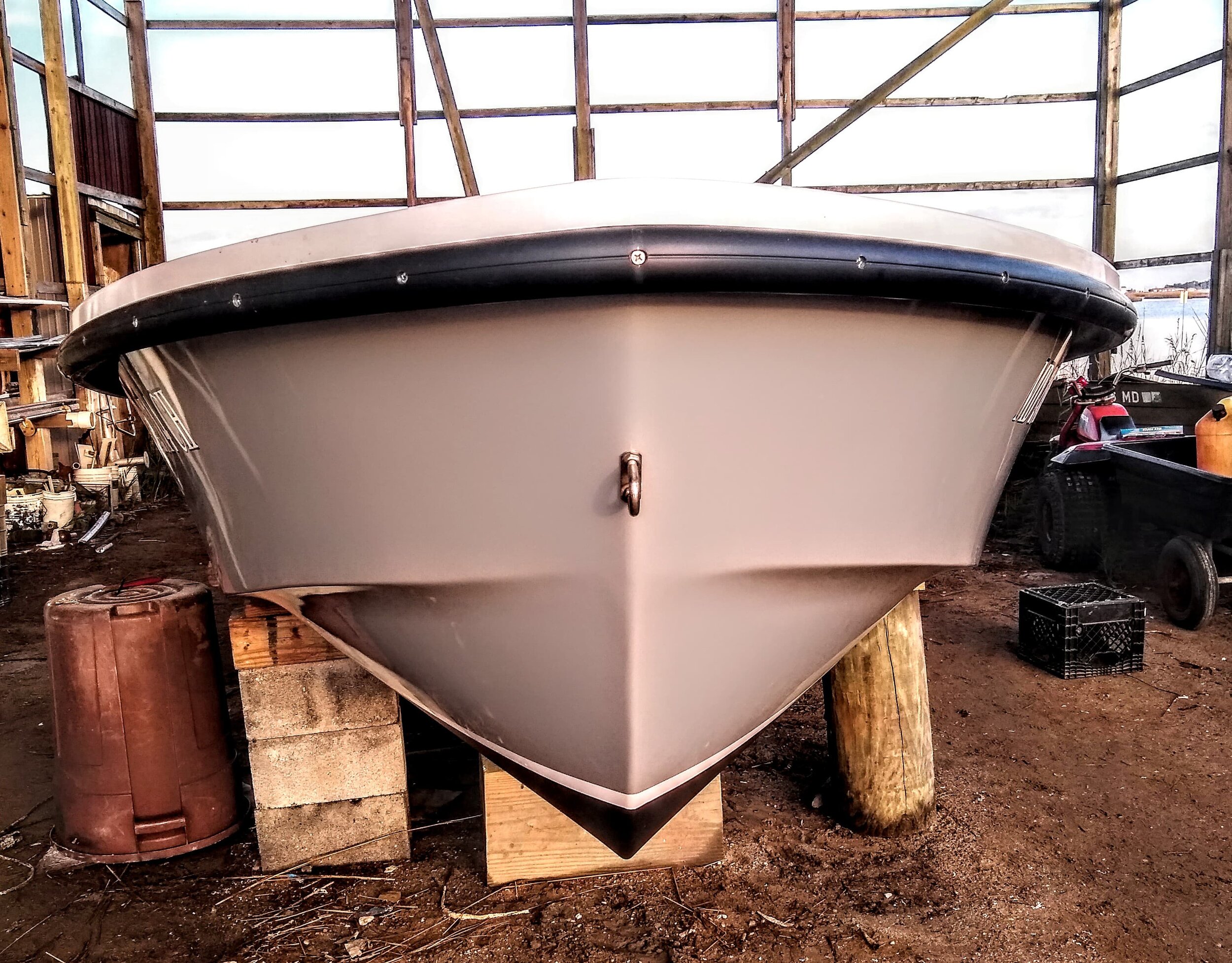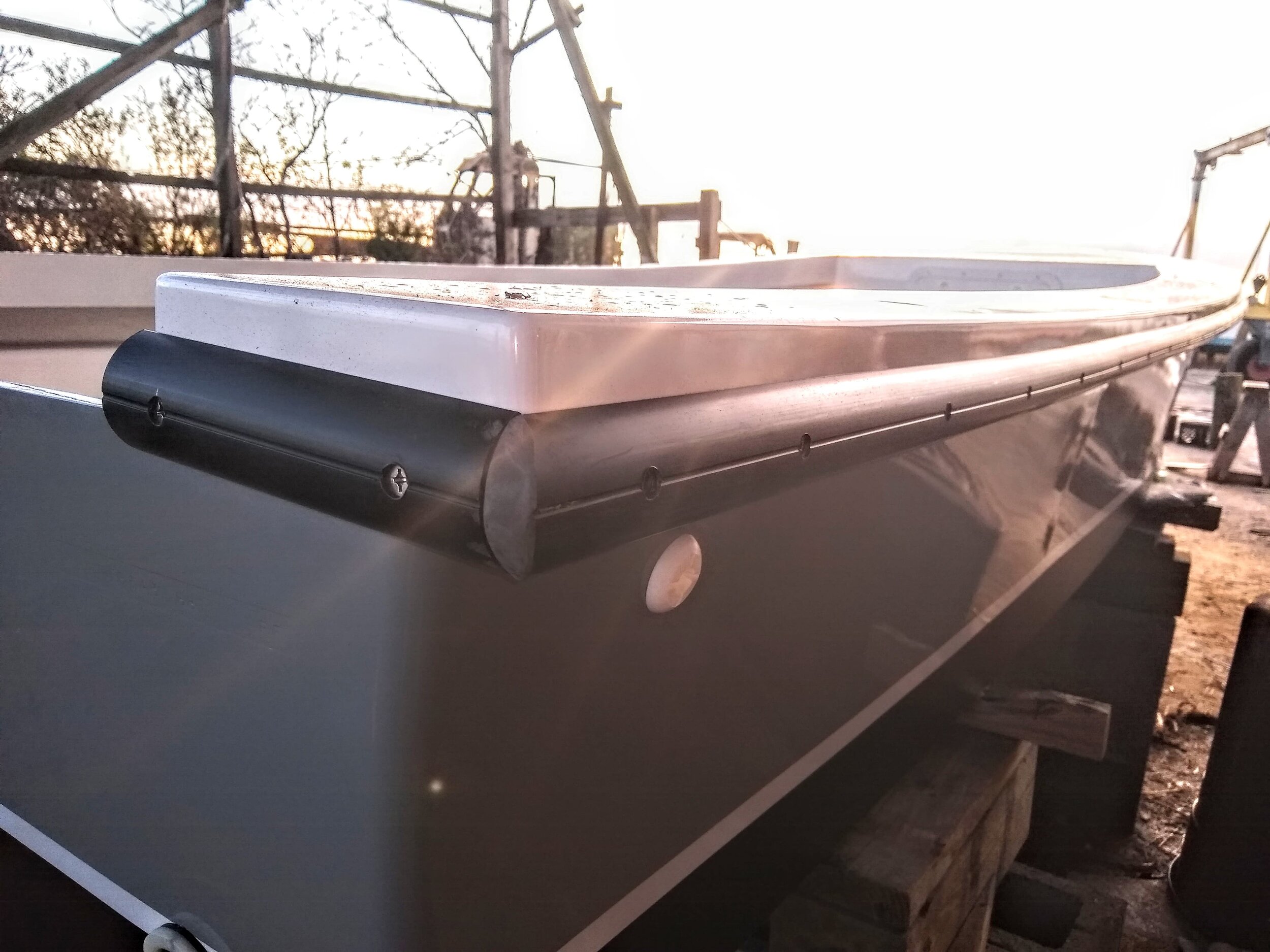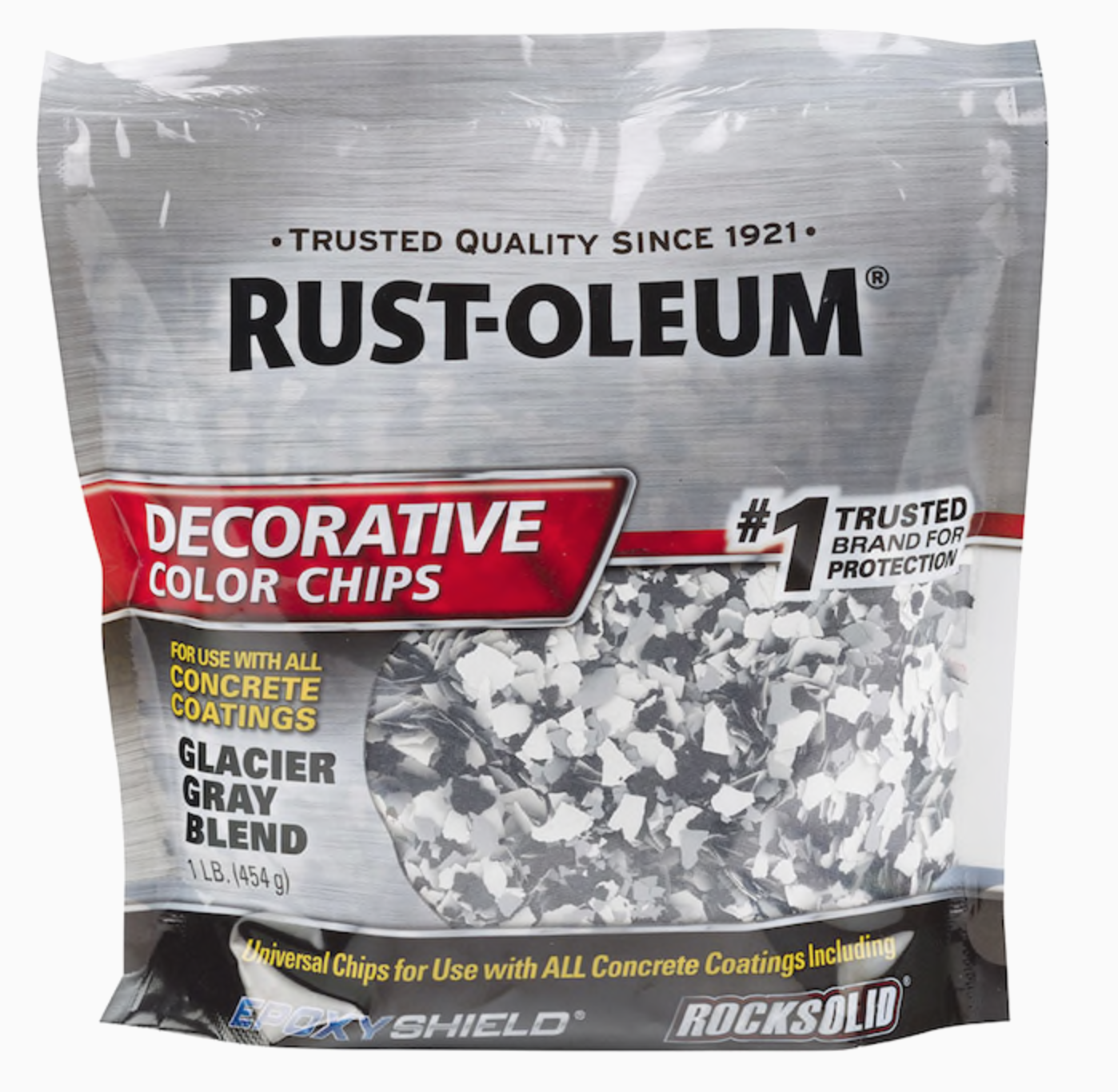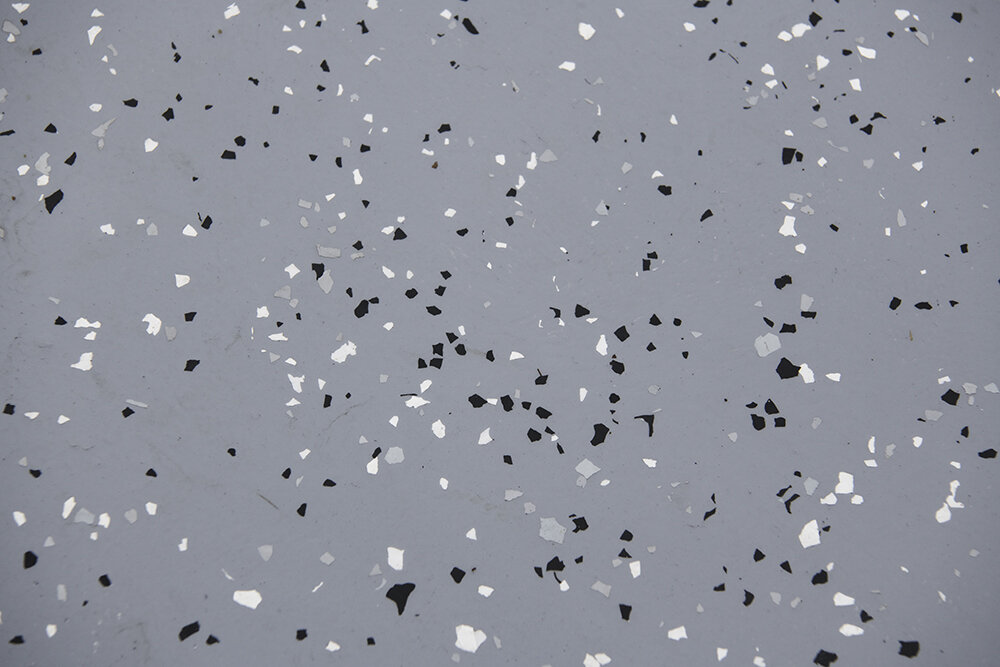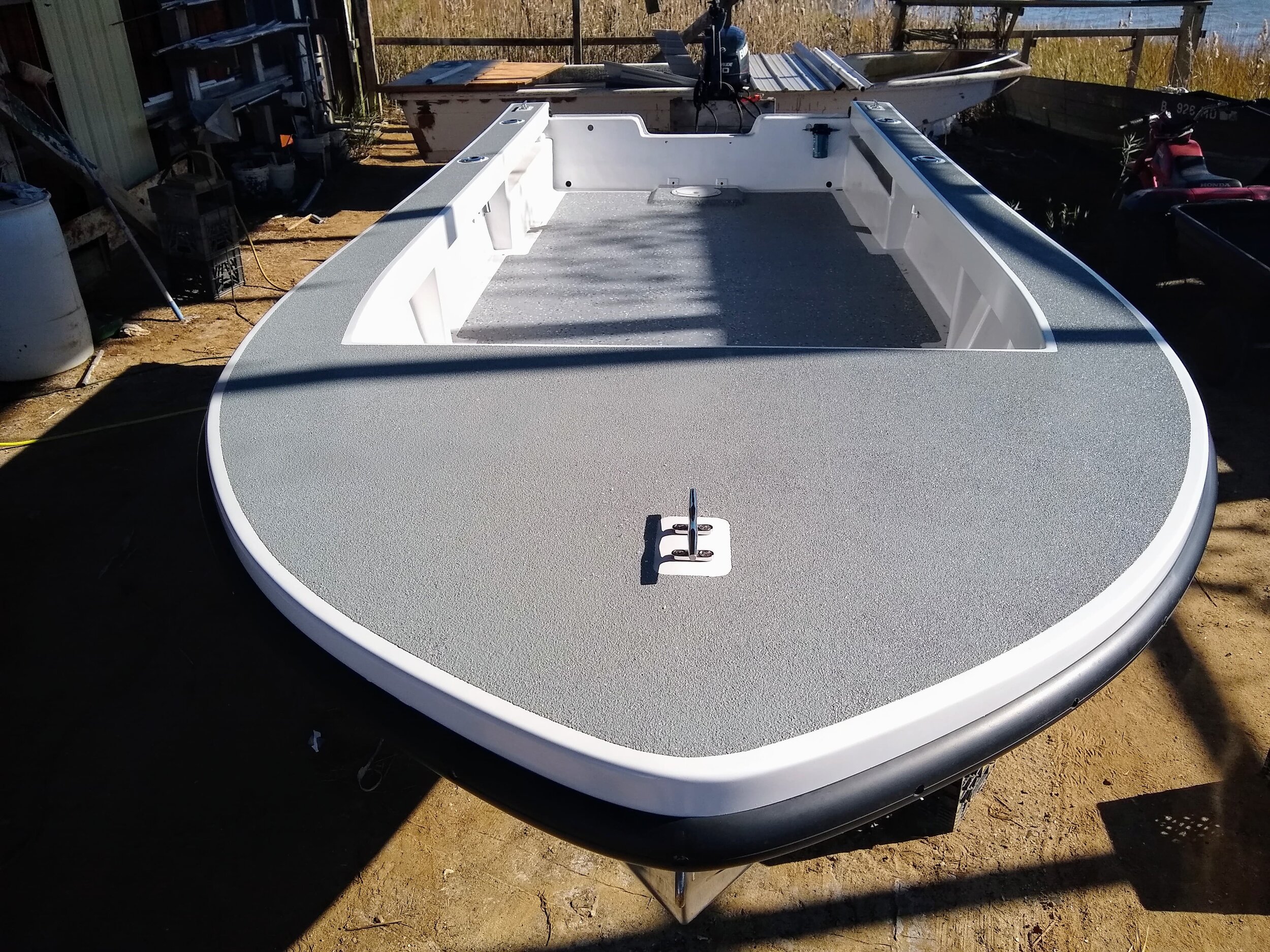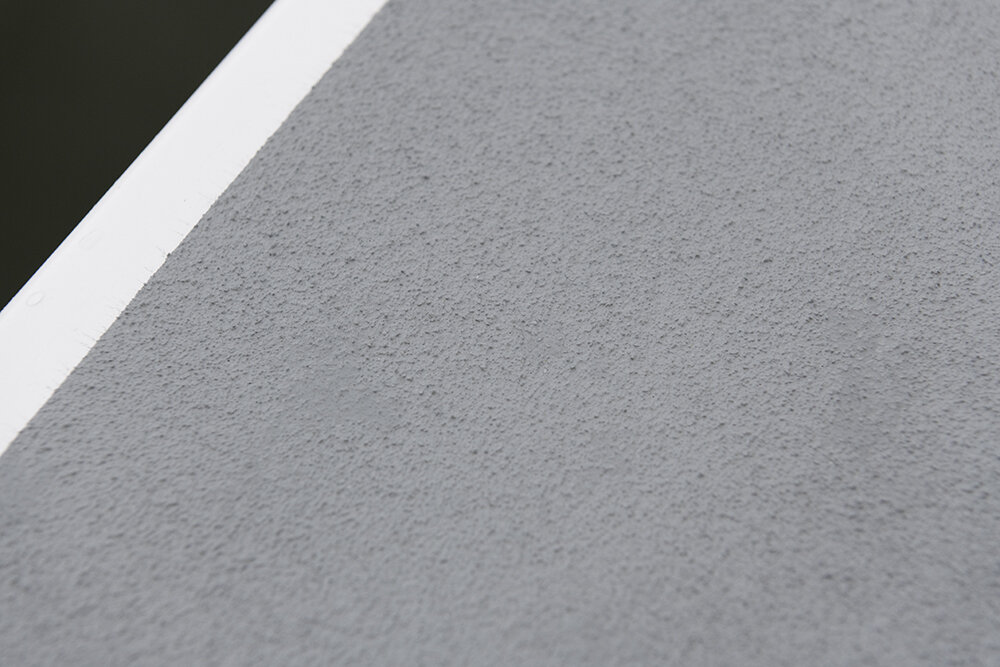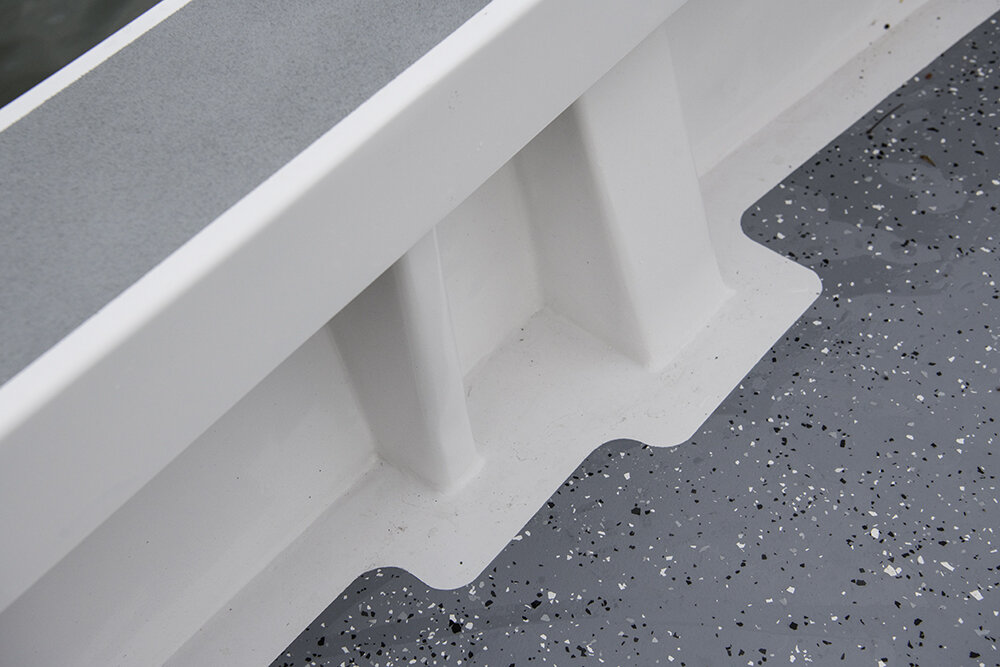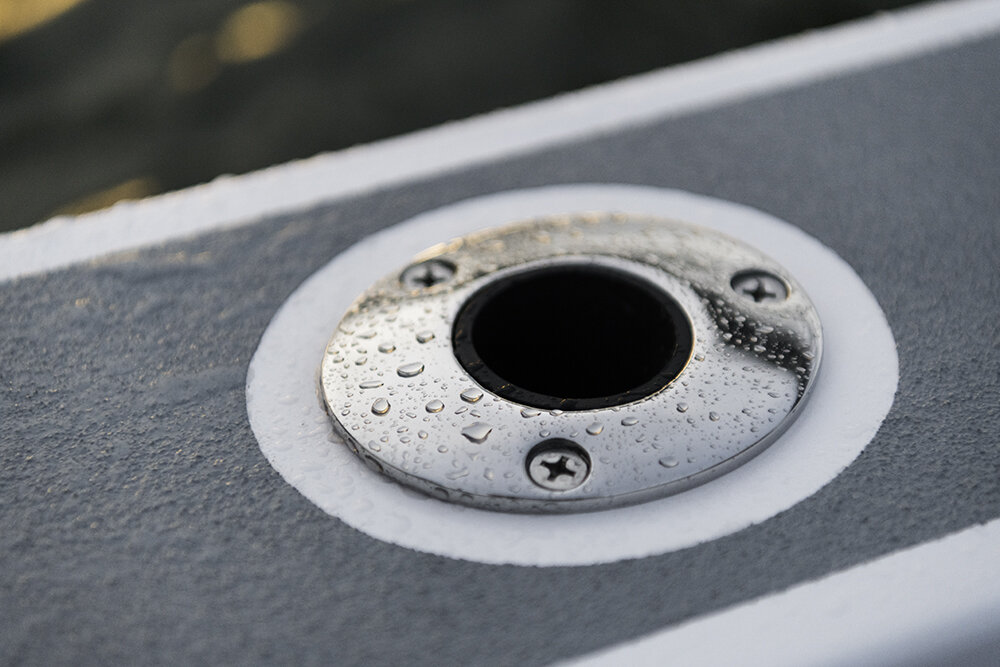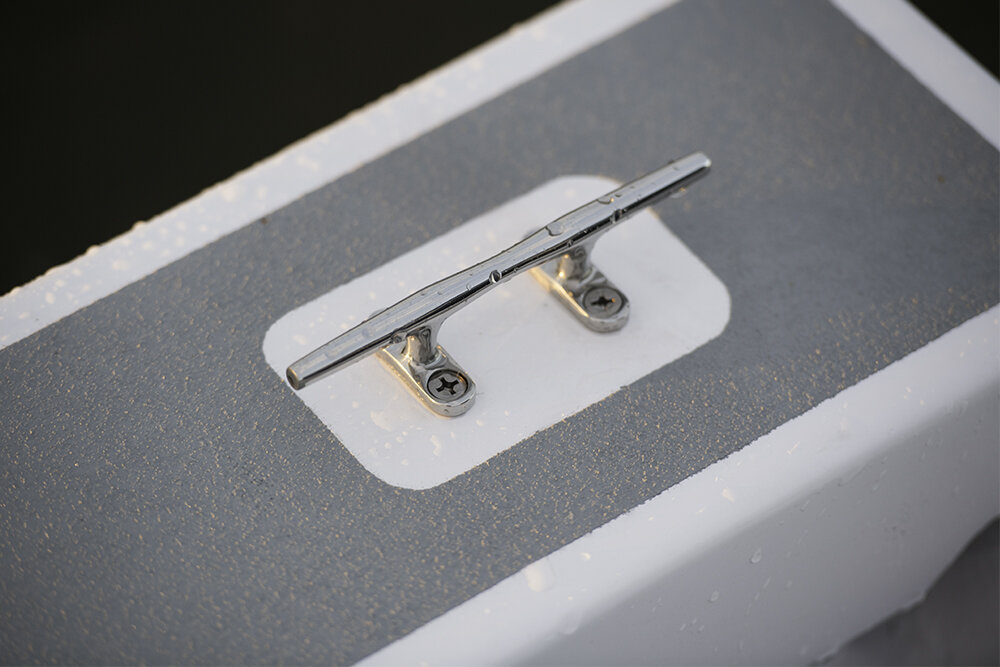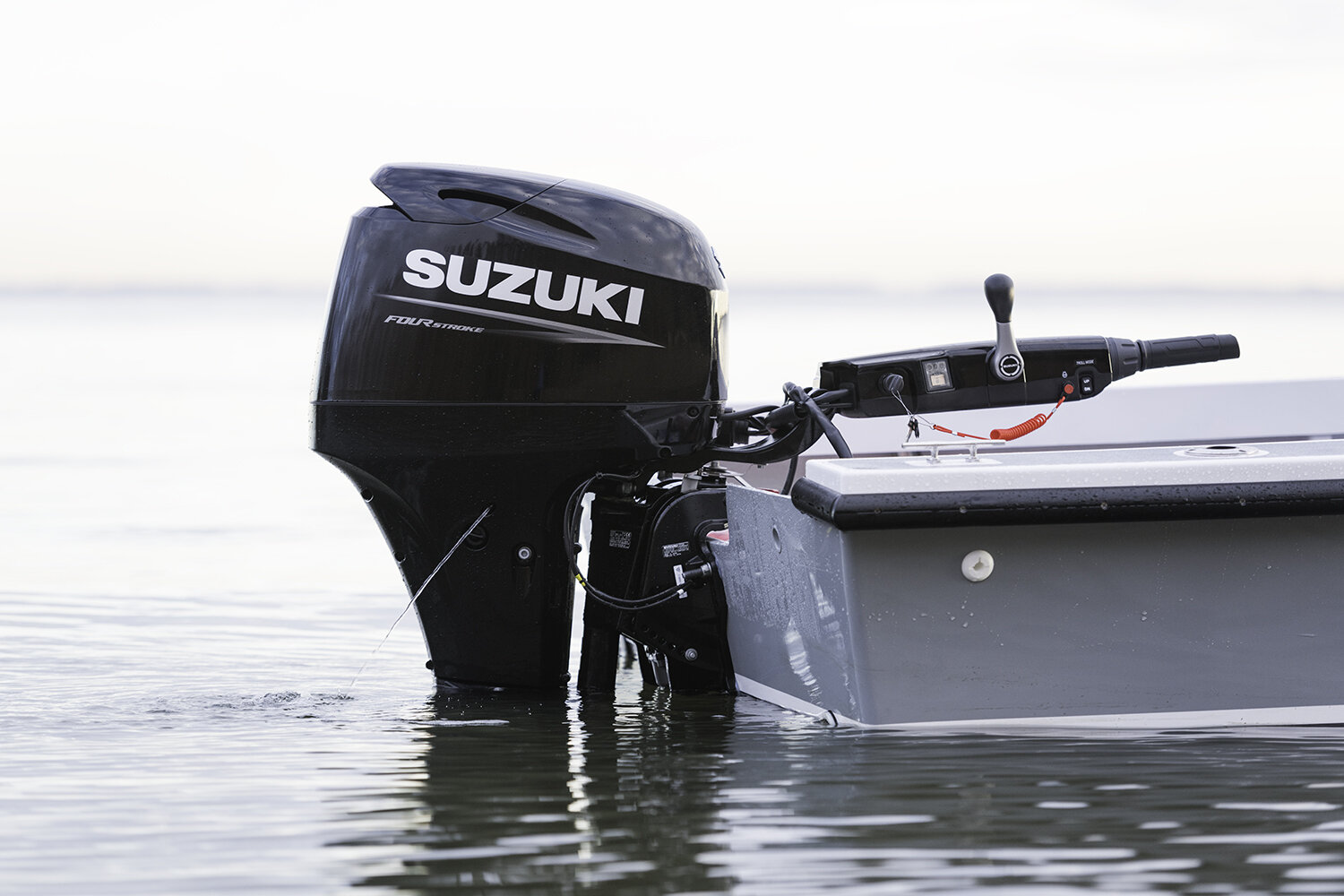Knowledge of the Chesapeake Bay's history is key to understanding the present day landscapes, cultures and commercial fisheries. The working waterfronts, shorelines and communities of both Smith and Tangier have gone through dramatic changes since they were first became permanent settlements in the 1680's. To help illustrate the history of the islands for my book, I curated photographs from the collections of six photographers to include in the introduction of ISLAND LIFE.
Photography came to the islands in the late 1800's and early 1900's - a time when access to film and developing equipment was difficult, especially in remote areas. Island photographers Virginia 'Ma Ginny' Evans from Smith and Vernon Bradshaw from Tangier had extensive collections of work from the 1930's to the 1960's. Visiting photographer A. Aubrey Bodine has an extensive portfolio from the 1950's that shows both islands just after the peaks in population that I was fortunate enough to have access to. The Tangier History museum has an extensive collection of photographs that chronicle the history of the island up until the present day. The historic photographs will provide a great deal of context to the reader when setting the scene in the first few pages of the book.
-- Copies of ISLAND LIFE available for pre-order --
www.jayflemingphotography.com/shop/islandlifepreorder
'Fishing-up' on Tangier when peeler crabs were placed into 'overboard floats' for shedding, c. 1959
photograph by A. Aubrey Bodine
Tangier Island buy boats loaded with oysters, c. 1960's
Photograph by Vernon Bradshaw
The waterfront at Mailboat Harbor on Tangier Island, c. 1949
Photograph by D.B. Field, courtesy of the Tangier History Museum
Crab Scraping barcat on the railway at Tangier's Mailboat Harbor, c. 1959
photograph by A. Aubrey Bodine
Applying bottom paint to a skiff at Heistin' Bridge, c. late 1950s
Photograph courtesy Tangier History Museum
Students and their teacher pose in front of the schoolhouse in Canaan, a former community on Uppards, c. 1920s.
Photograph courtesy of Tangier History Museum
Kids playing on Caleb Jones Road in Ewell, Maryland, c. 1945
photograph by A. Aubrey Bodine
The Smith Island traveling baseball team, c. 1950s
Photograph courtesy of Virginia Evans Collection











